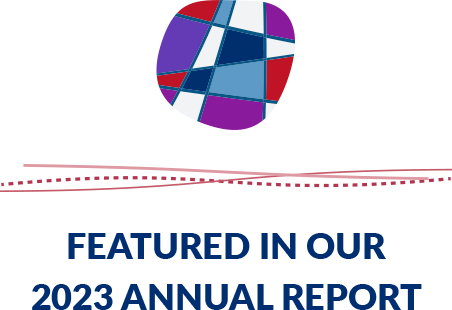Building connections and community in support of wildlife
Caring and passionate wildlife rehabilitators often work in isolation and with little formal training or support as they help injured and orphaned wild animals. Partners for Wildlife connects rehabilitators to resources, providing mentorship and peer-to-peer learning.
By investing in the people caring for wildlife, Partners for Wildlife is contributing to better outcomes for wild animals across the United States.
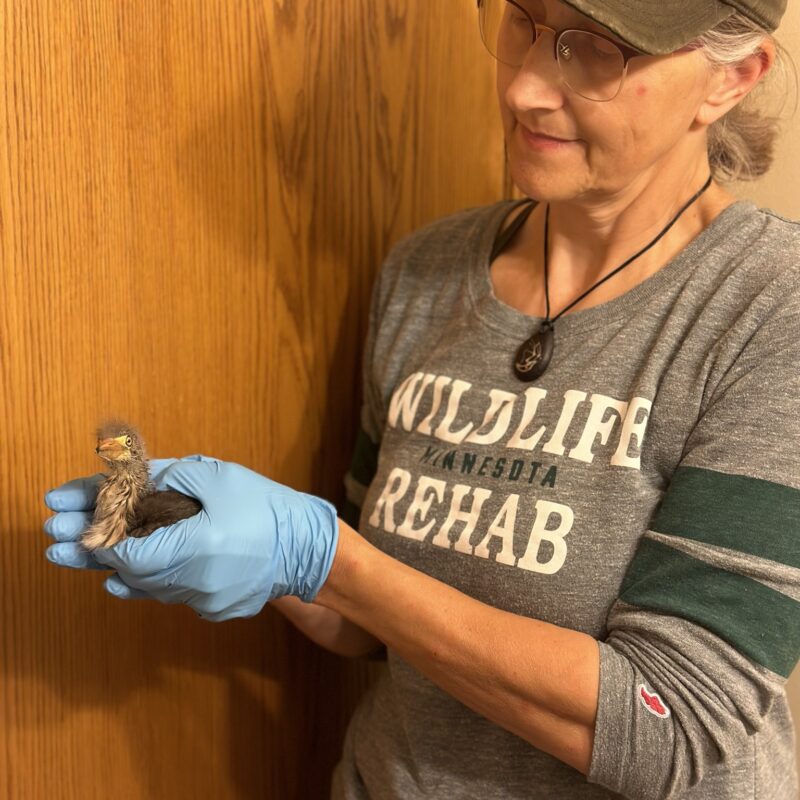
Courtesy of The Raptor Center
“I have been rehabilitating Minnesota wildlife out of my home since 2001. In my case, I found my way into this work on my own, and to this day I pay for almost all of my own supplies and activities. You’ll find stories like mine are very common in our field.”
– Gail Buhl, Partnership Coordinator at Partners for Wildlife
As a licensed rehabilitator herself, Gail Buhl knows how rewarding and challenging caring for wildlife can be. Since 2018, Gail has been the Partnership Coordinator for Partners for Wildlife, which is a program by The Raptor Center at the University of Minnesota.
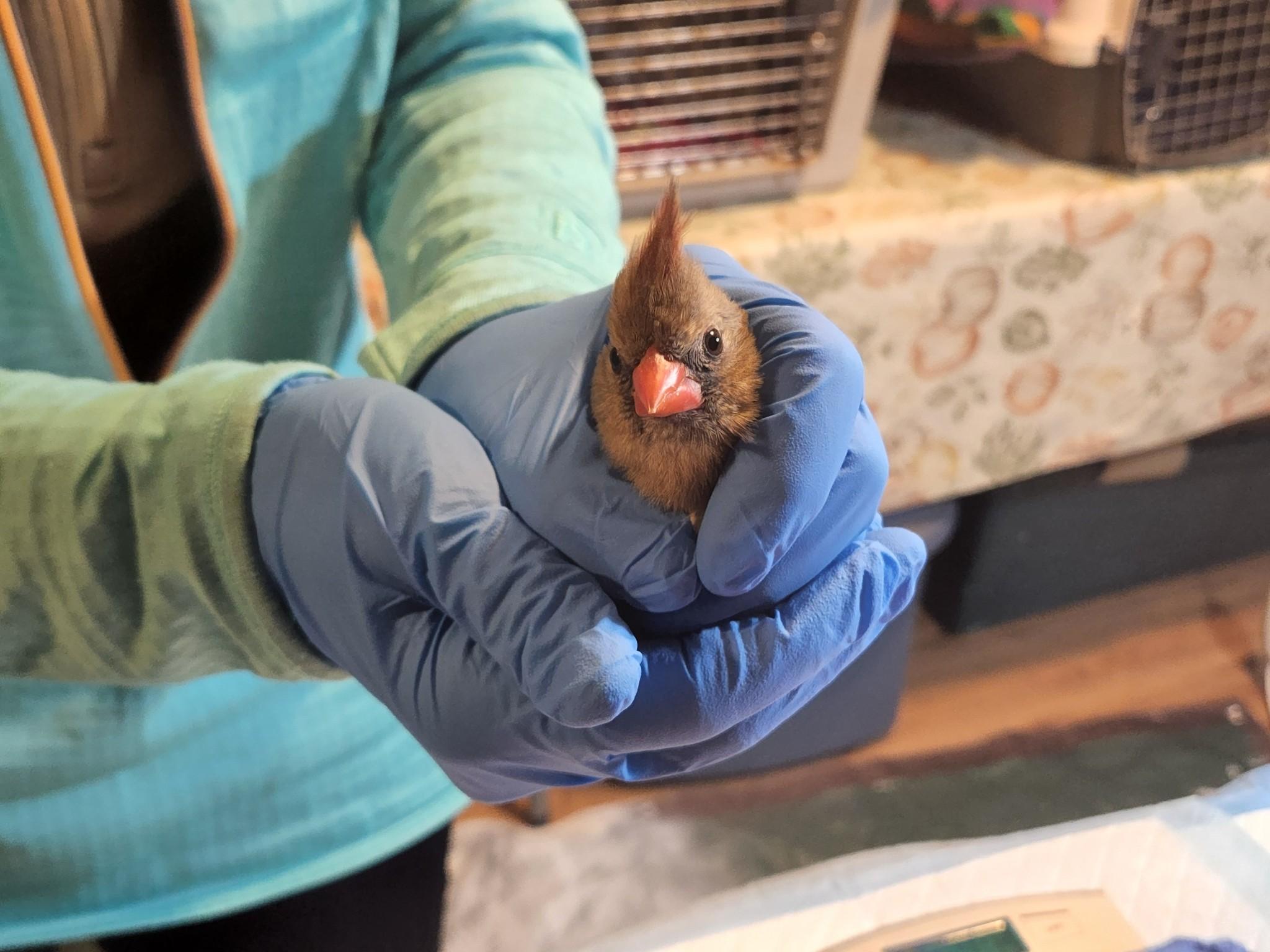
Courtesy of The Raptor Center
Partners for Wildlife (P4W), which launched in 2018, works with wildlife rehabilitators, veterinarians, and other wildlife care professionals to improve the welfare of ill, injured, and orphaned wildlife of all species. P4W aims to achieve the best and most humane outcomes for wild animals, including better case management, more effective treatments, and improved chances of survival and release back to the wild. P4W works across seven states: Wisconsin, Minnesota, North Dakota, Montana, Idaho, Washington, and Alaska.
P4W is supported with funding from the Animal Welfare domain of Margaret A. Cargill Philanthropies.
As partnership coordinator, Gail connects with wildlife rehabilitators across the region to share resources and offer peer support. Gail’s mentorship style is all about meeting people where they are and building a supportive and trusting relationship.
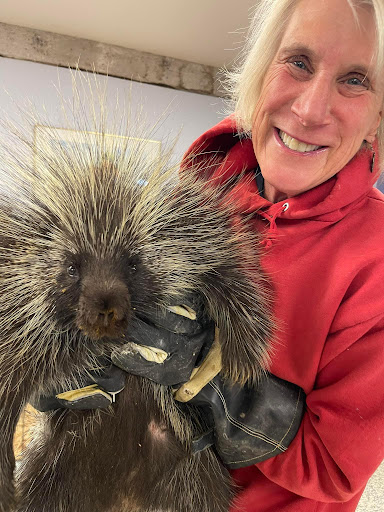
Courtesy of The Raptor Center
Ryan Law, a wildlife rehabilitator at Palouse Wildlife in Moscow, Idaho can testify to that approach. “I founded this organization, pretty much on my own. I hung up my shingle and said I’m going to give this a try . . . Gail came right alongside of me and said ‘I believe in you. I believe in what you’re doing.’ And helped me launch off of what I was, to what I am now.”
In addition to one-on-one support, Gail also connects wildlife rehabilitators to peers and a wider network of support and resources. As of 2023, 79 partners have received support from P4W, including mentoring, trainings and workshops, fellowships, and grant support.
Valerie Slocum, Director of Rehabilitation at Wildwoods in Duluth, MN, shared that the P4W network helped her team when they were working with a species they don’t often encounter.
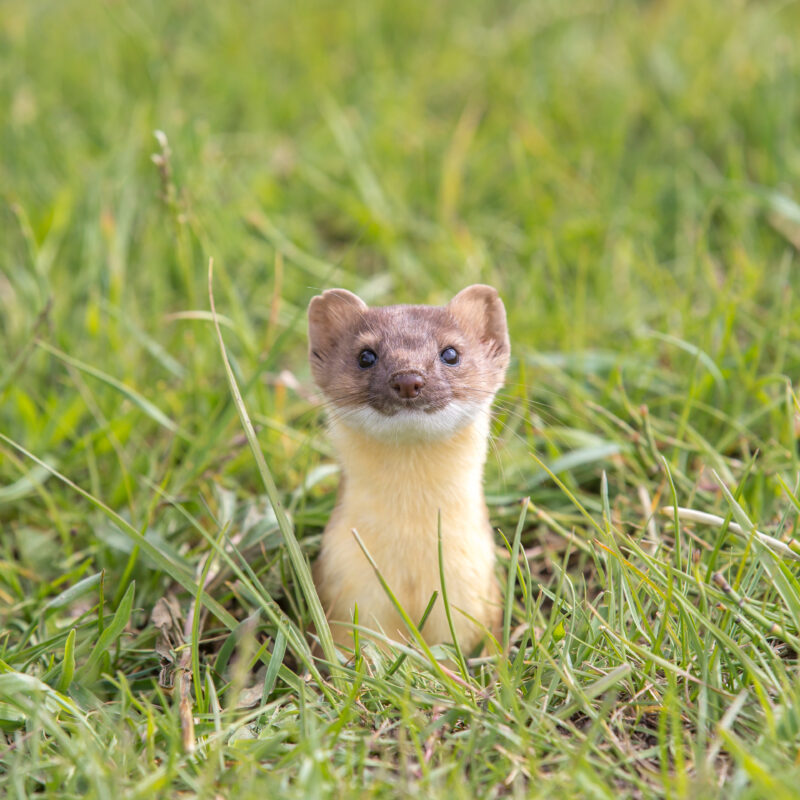
“This year we had short-tailed weasels come in and so we reached out to our mustelid expert nearby, Peggy Popp, also from Partners for Wildlife, she was very eager to share her knowledge and it was incredible. And all six survived to then be released back into the wild, which is pretty amazing.”
—Valerie Slocum, Director of Rehabilitation at Wildwoods
A virtual community and on-demand resource
Gail’s passion for supporting the community of wildlife rehabilitators also led her to start a podcast– Wildlife Rehabilitation: From Rescue to Release. This podcast, part of the P4W program, is dedicated to licensed rehabilitators and the veterinarians who support them.
The podcast provides practical information, deep dives on specific species and topics, and continues to build a virtual community of practitioners. Each episode features an expert in the field, bringing unique knowledge to the larger community of rehabilitators.
Now in its third season, the podcast has been hugely appreciated by rehabilitators across the country as a resource they can easily access on their phones, while they work, or on the go.
In a recent two-part episode, Gail interviewed Dr. John Huckabee on the art of wildlife rehabilitation. Having 38 years of experience in the field, Dr. Huckabee reflected on how the sector has grown during his lifetime.
“Back in the day, being a wildlife rehabilitation veterinarian just wasn’t a thing. I was determined to go in that direction . . . I love my wildlife rehabilitation family, because so many have been misunderstood much of their life as well. The understanding of wildlife rehabilitation and wildlife rehabilitators has grown greatly over the course of my career.”
– Dr. John Huckabee
Reflecting on the art of wildlife rehabilitation in conversation with Gail on the podcast, John commented, “A significant part of the art is simply the power of observation and recognizing things that are not typical for a species. Knowing when to back off and let natural healing take over – stop interfering by trying to fix something, when the animal is able to heal better on its own – is a big part of wildlife rehabilitation. It’s knowing when to not do anything beyond supportive care, appropriate caging, and captive management to allow that animal to heal.”
Wildlife Rehabilitation: From Rescue to Release has over 16,500 downloads, which demonstrates its relevance even in a niche subject area.
Career paths and cohorts
Another way that Partners for Wildlife is building the field of wildlife rehabilitation is through its Fellowship program, which is open to both wildlife rehabilitators and licensed veterinarians.
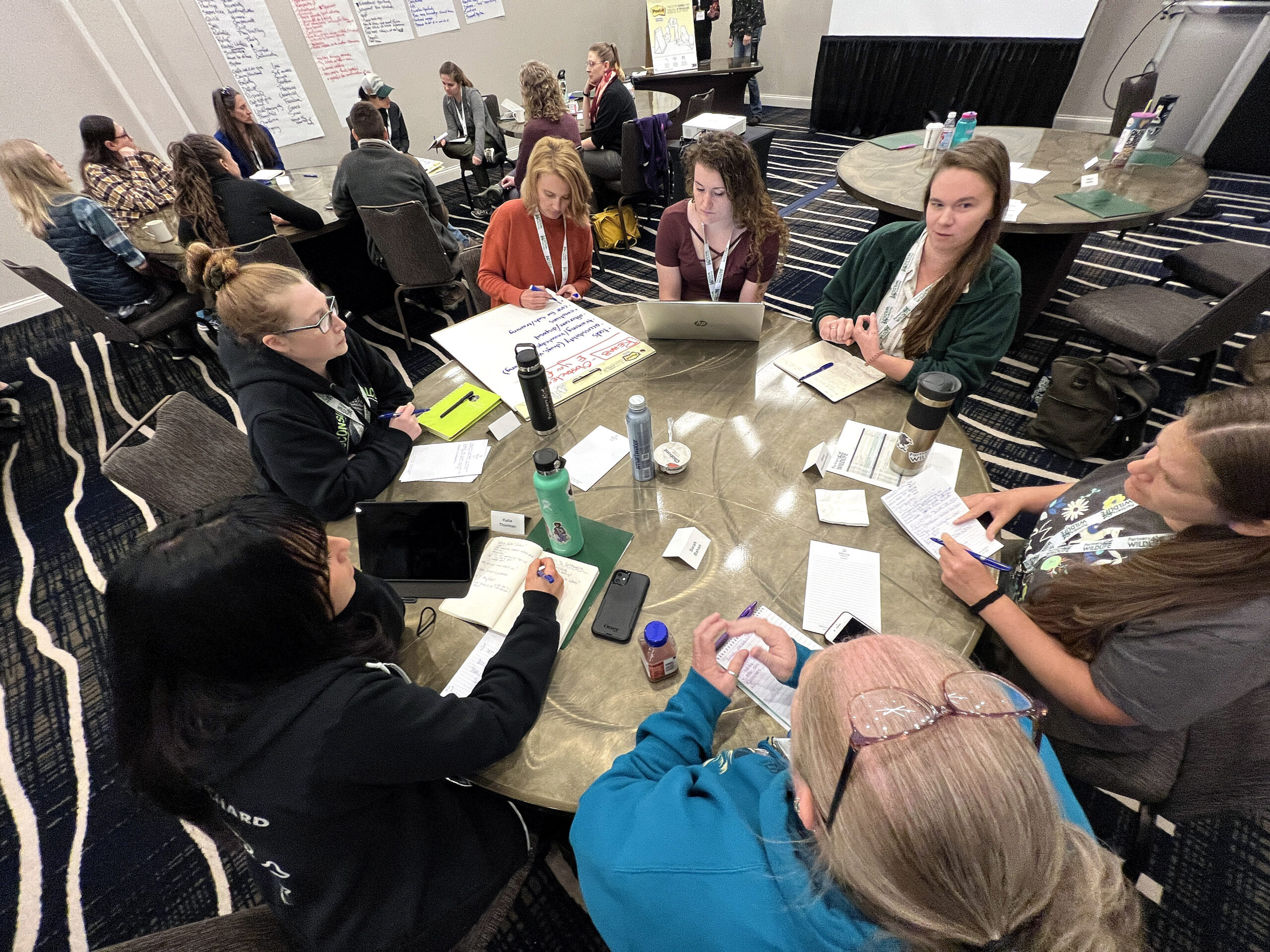
Courtesy of The Raptor Center
P4W supports eight fellows each academic year, providing opportunities for individuals to elevate their competency and knowledge across a broad range of wildlife rehabilitation topics. Through both virtual and in-person workshops and programming, fellows are connected to resources and a network of experts and practitioners.
“Everyone was so generous in sharing resources. I felt intellectually connected in a way that was both grounded in theory and practice—we would share sources like songbird feeding recipes, types of pain medications, or release protocols and then have discussions among the wildlife rehabilitators and veterinarians about why these practices worked in different situations or for different kinds of patients.” – Ash Harris, former P4W Fellow

Ash Harris, licensed wildlife rehabilitator at Mountain Top Wildlife, bottle feeds two orphaned black-tailed fawns. Wearing a ghillie suit to camouflage her human appearance prevents the fawns from associating humans with food and allows them to remain "wild" during their rehabilitation process. Courtesy of Ash Harris.
An added benefit is the network of the fellowship cohort—fellows often stay connected long after they complete the program.
Ash shared, “I still reach out to my cohort or fellows for advice and mentorship. Their experience is rich and varied, and I feel lucky to have a built-in group of rehabilitators and veterinarians to draw knowledge from.”
The work that Partners for Wildlife is doing to connect wildlife rehabilitators to resources and community is all in service of a larger goal: better outcomes for wildlife that come into human care.
“It is the most rewarding thing I have ever done in my life . . . my life has purpose because of the difference that I can make in the bigger picture of wildlife, of the environment, of the planet.”
— Ryan Law, Wildlife Rehabilitator, Palouse Wildlife
The community of wildlife rehabilitators–and that of animal welfare professionals more broadly–is a self-starting and highly motivated group. These individuals are willing to go above and beyond for the animals in their care.
However, they often need a reminder to care for themselves along the way. A supportive and connected community goes a long way to ensure these rehabilitators can access resources and support to continue doing their best work in service of wildlife.
Note: If you aren’t licensed for wildlife rehabilitation, do not attempt to capture, hold, or rehabilitate any wild animal. If you find an injured wild animal, a wildlife professional can recommend next steps. PAWS Wildlife Center has an online module to walk you through what to do when you find a specific animal.
